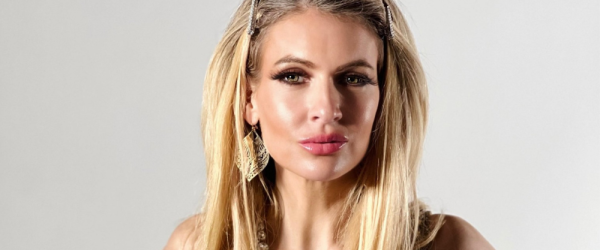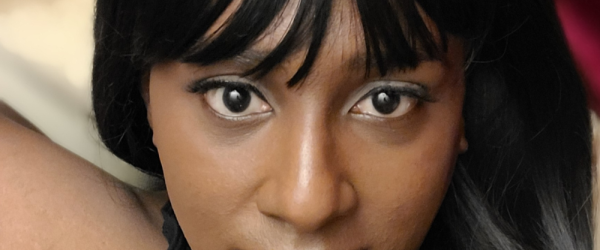I recently came across an article on Mashable.com written by Mark Hay titled “Cam sites are porn’s hot new thing, but they’re more conservative than you think.” (Publication date currently reads “4 days ago” — methinks this means about August 15.)
Hay wrote:
At its best, porn is a tool for helping people explore and enjoy their sexual fantasies. But, as the [sociology graduate student] Rachel Stuart once pointed out to me, traditional porn usually only offers “a rough approximation of what you want,” because producers and performers created it to appeal to a general audience, not your specific desires.
Cam sites, however, can allow viewers to interact with adult performers in real time — and ideally to pay exactly the person they want to see to perform exactly their fantasies. That, Stuart and others have argued, is a big part of why they have grown so popular over the lastdecade. In fact, camming offers such individualized and diverse erotic potential that it’s easy to think of it as a definitively superior product, slowly eclipsing the appeal and profitability of old school porn.
Yet for all their bespoke and responsive potential, cam sites can’t cater to all of the fantasies and desires that platforms that aggregate traditional porn — such as tube sites (like Pornhub), a la carte clip sites (like Clips4Sale), and adult social media subscription sites (like OnlyFans) — serve.
I wonder why that is? Also, a “hot new thing”? Also, I am not sure that I would call stolen content “traditional porn,” but whatever.
Regardless, let’s consider the limiting – or, “conservative” factors – Hay and Mashable found relevant.
Porn’s legal limits are anything but clear
Fair. People often wonder why they don’t see certain fantasies depicted in content – regardless of form. This is because what’s legally allowed is unclear, thus leaving the decision up to VISA/MasterCard.
Hay wrote: Even content that passes the obscenity trial sniff test can still land adult sites in hot water — with their payment processors, as opposed to the law. Banks, card companies, and digital transaction facilitation firms are all sensitive to how their general customer bases might view their activities, including the risk of courting boycotts if they’re caught working with adult outfits a few key stakeholders might consider too outré (which, in some cases, seemingly means any adult company).
Different platforms, different problems
According to Hay, as sites weigh all the different “risk factors” that come with presenting sexually explicit content online, they essentially develop a tenor of allowables for their site. (That, or they just copy someone else’s TOS they find online.) Point being, how a site cobbles together the risk factors they are/are not comfortable with, they then shape an environment or sub-culture online.
Think about it – Chaturbate is very different from Flirt4Free. which is very different from Cam4 and so on.
Hay writes: All of this leads cam sites to err on the side of being conservative — to limit performers in a way that goes above and beyond the wider industry restrictions. This is the best way to avoid negative financial, legal, or other consequences in a loosely controlled, unpredictable landscape.
Cam sites aren’t one size fits all
…to which I say, “No shit – did you think they were?”
Just like there is no performer or model that is universally liked to the same degree by every horny guest online, there is not one cam environment that works for every consumer — or model or artist.
The best thing perhaps is to first figure out what you want as a content creator – including what you’re comfortable with (Note: This is an evolving process and can change as you change and become more experienced and that is totally okay!) – and then figure out where you connect best. This includes consideration of both a site’s specific subcultural tenor, as well as the types of friends and fans you generally find there.
—
Erika is a sex positive people watcher (and writer). Email her at erika@ynotcam.com.
Header image via Unsplash here.










